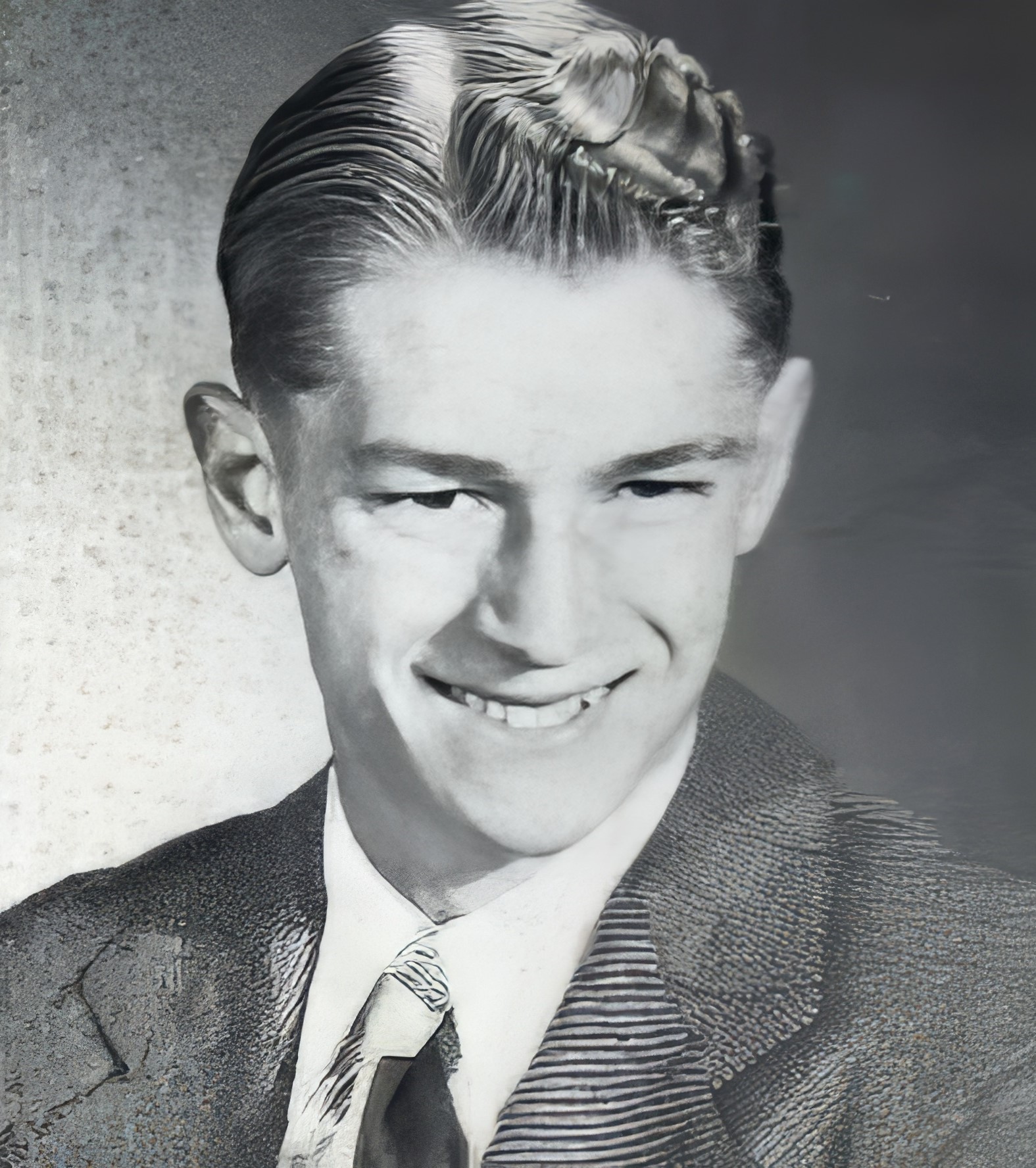‘Leland’ by Shane Blakeslee — A Life Reimagined
Leland is a moving work of historical fiction that explores the life that might have been lived by Leland Blakeslee, a 19-year-old soldier killed in the Korean War. Set in a small town in Western New York, the novel reimagines a world in which Leland survives the war, comes home, marries his sweetheart, and devotes his life to innovation, compassion, and service. From helping power NASA’s moon missions to founding a company that brings clean, decentralized energy to millions, Leland’s [...]










